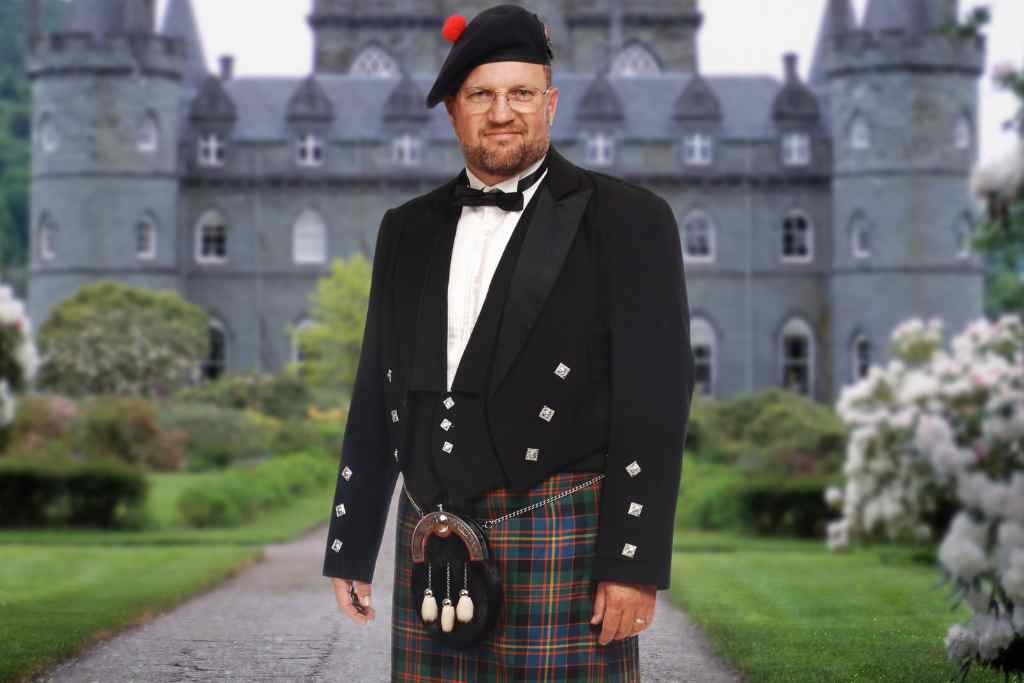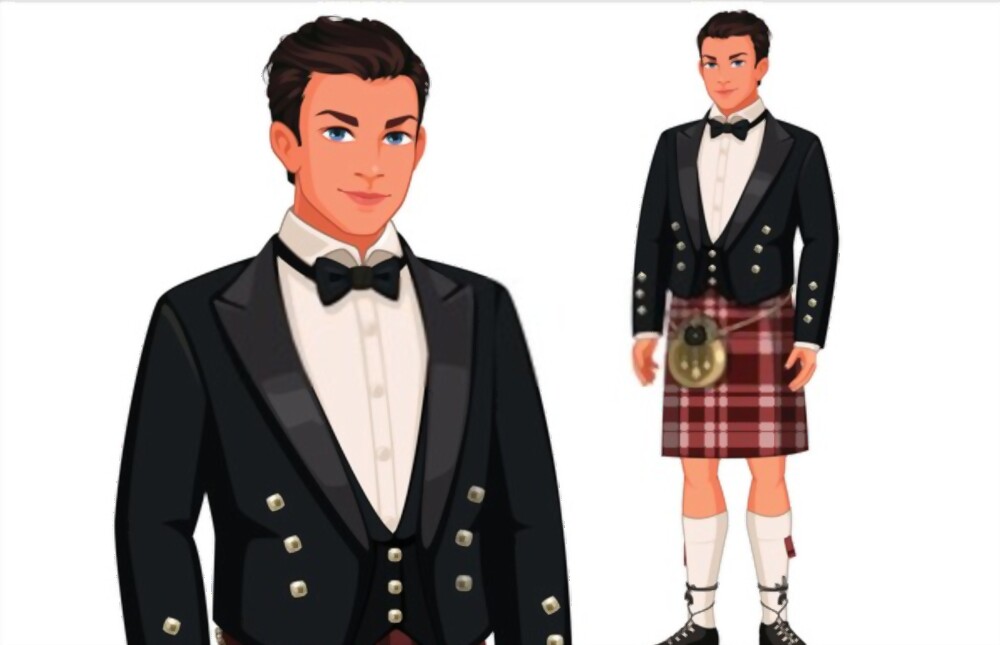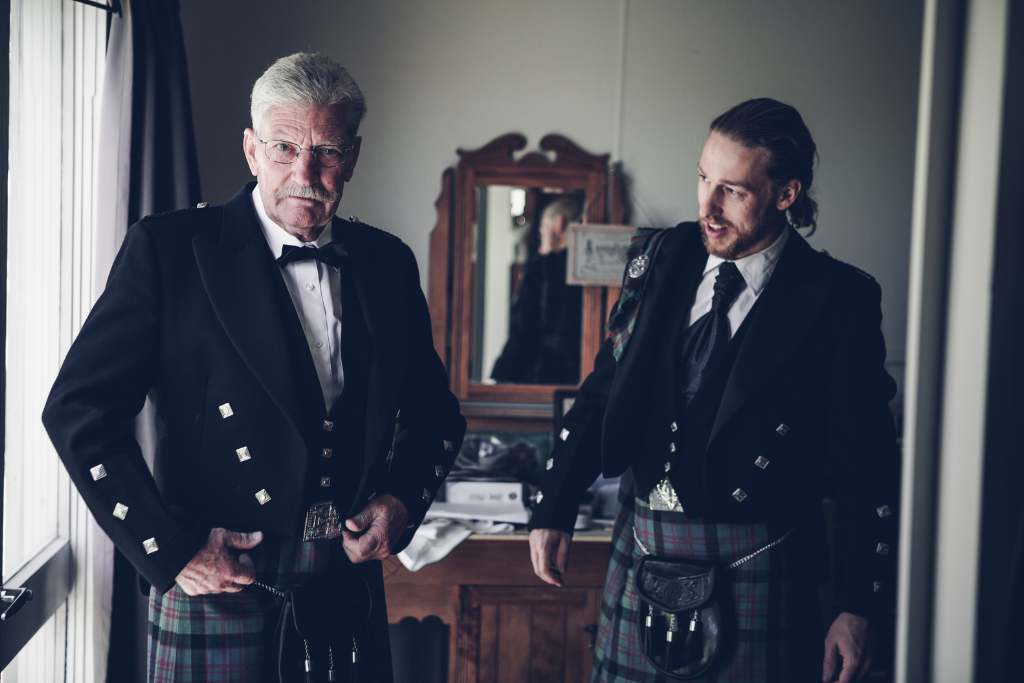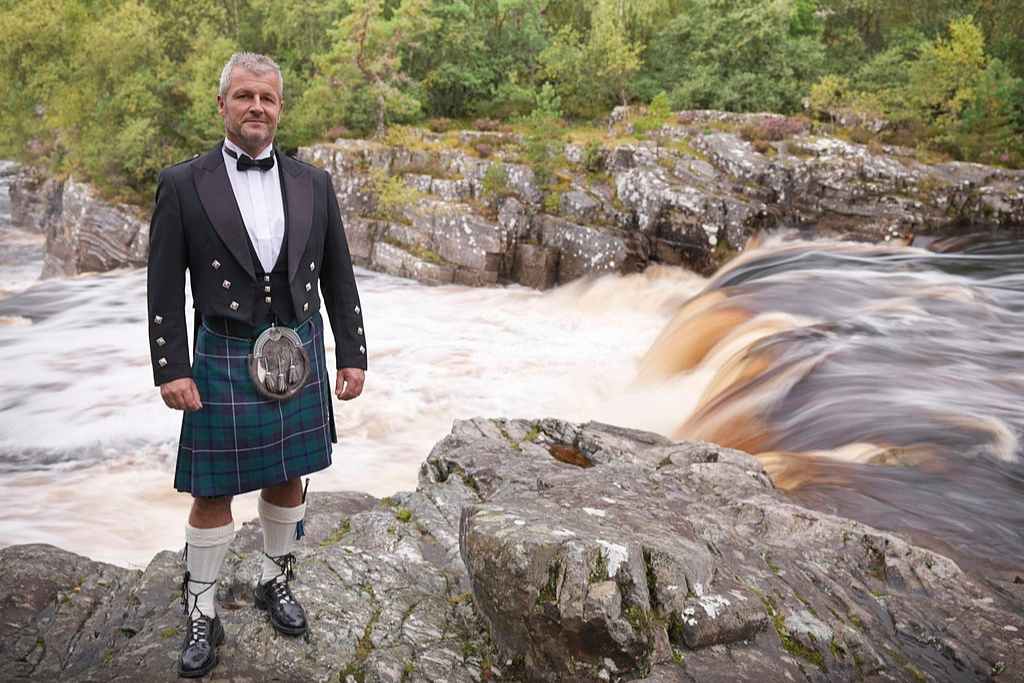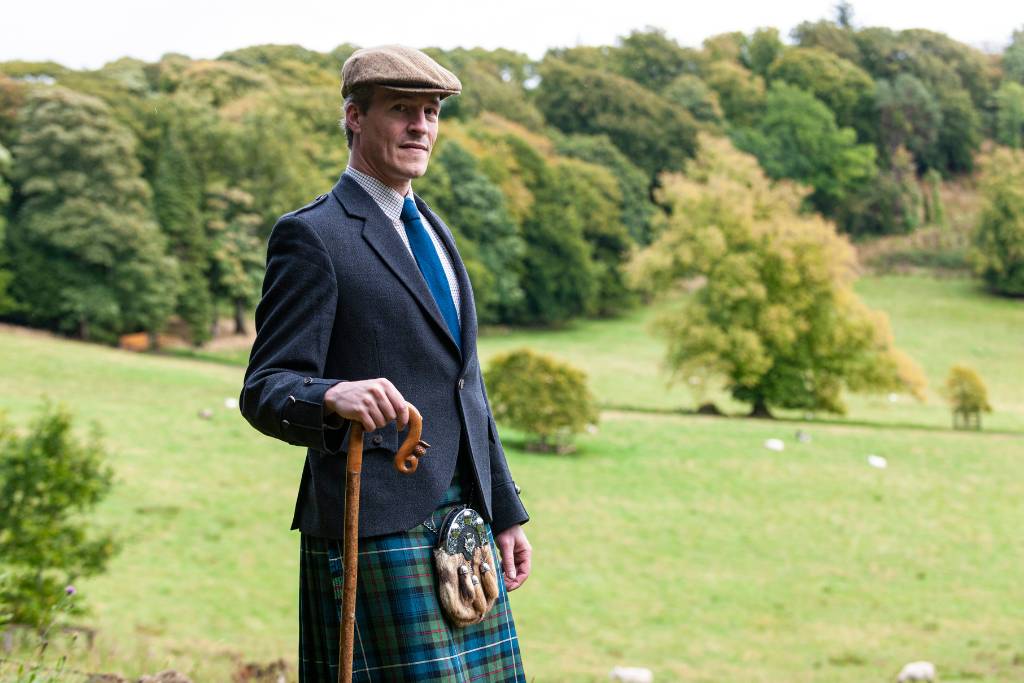Timeless Formal Kilt Attire For Weddings, Ceremonies, & Special Events
Find the perfect kilt formal wear — from jackets to full kilt outfits — crafted for unforgettable moments.
Explore Our Formal Kilt Attire Collection
When it comes to making a statement at weddings, black-tie events, or traditional Scottish ceremonies, nothing beats the elegance of a formal kilt outfit. Our collection of formal kilt attire brings together timeless craftsmanship, rich tartans, and impeccable styling, so you can step out with confidence and pride.

What Makes a Kilt Outfit Formal?
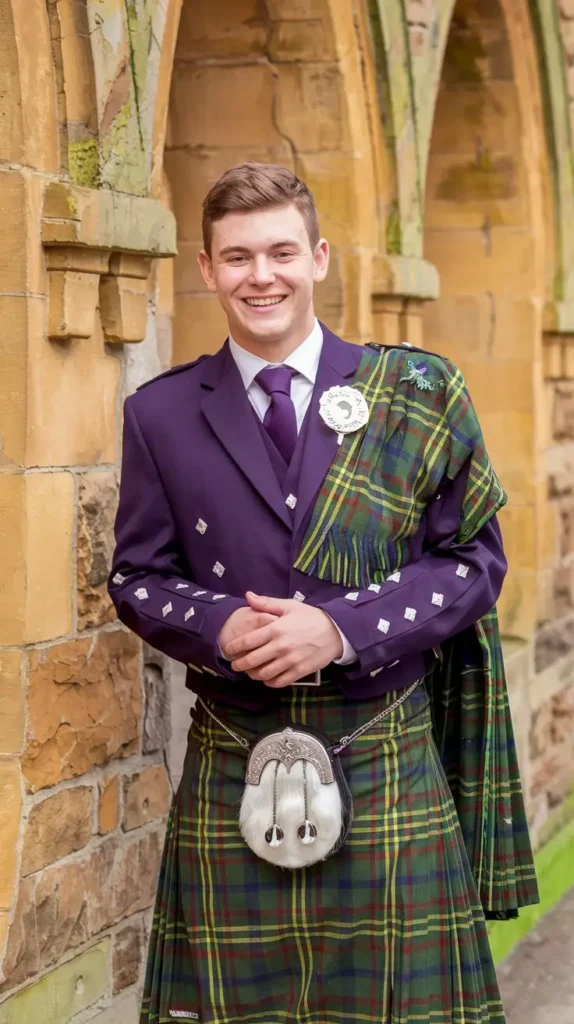
Formal Kilt Attire for Weddings
Why Choose a Full Kilt Attire for Formal Events?
- Honors tradition with a distinguished look
- Versatile for weddings, galas, banquets, and ceremonies
- Comfortable and stylish year-round
- Available in hundreds of tartans and styles
- Custom fittings ensure a perfect, tailored appearance
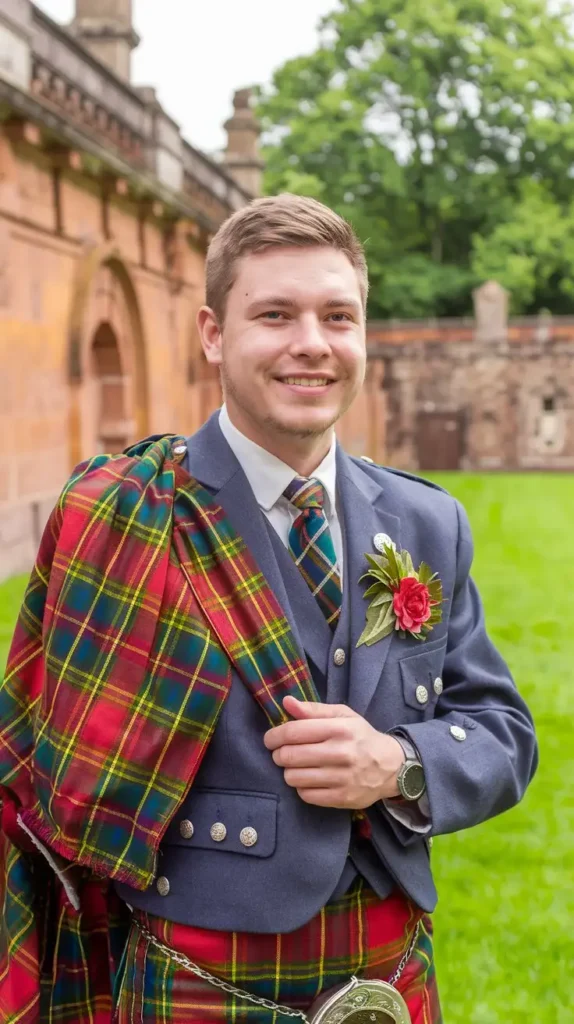
FAQs About Formal Kilt Attire
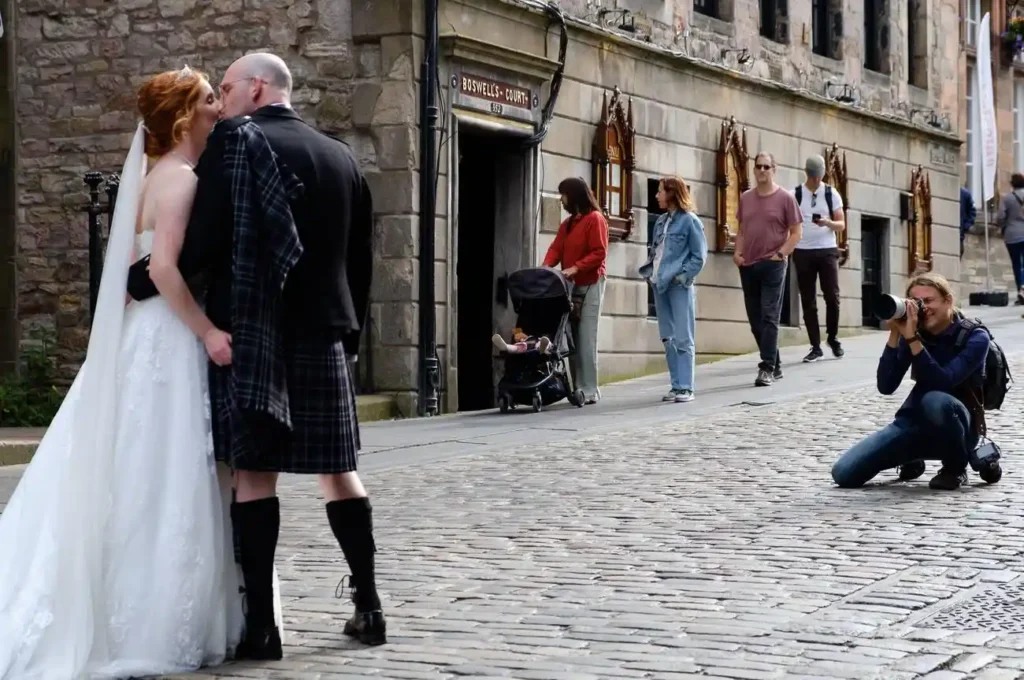

Formal Kilt Outfit Components (Quick Breakdown)
Formal Kilt Attire: Honoring Tradition, Adding Your Own Story
Wearing a kilt isn’t just about clothes. It’s about history, pride, and, sometimes, standing in a room full of suits and still stealing the show. When you choose formal kilt attire, you’re choosing to respect tradition but also… to wear it in a way that feels distinctly yours.
And honestly, there’s something about stepping into a beautifully crafted formal kilt outfit that feels different from slipping into a regular tux. Maybe it’s the weight of the fabric or the movement of the pleats—or maybe it’s something less tangible. A connection, perhaps. To culture, to ancestry, or just to a sense of self that doesn’t happen when you’re wearing another black-and-white ensemble.
What Exactly Is Formal Kilt Wear?
If you’re picturing just a kilt and a shirt, well, you’re not wrong… but formal kilt wear is a little more layered. A full kilt attire set for formal occasions typically includes:
- A well-fitted kilt (of course)
- A Prince Charlie jacket and matching waistcoat
- A crisp, often wing-collared shirt
- A kilt belt with an ornate buckle
- A sporran—usually a dress sporran with fur and metal accents
- Kilt hose (those thick socks) and flashes
- Smart ghillie brogues (special laced-up shoes)
- Optional touches like a fly plaid and brooch
It’s a lot, at first glance. But once you’re in it, the whole outfit comes together in a way that feels… somehow inevitable. Like this was always what you were supposed to wear to mark an important moment.
Why People Choose Kilt Formal Wear:
Some occasions call for more than just looking good. Weddings, graduations, important dinners—they deserve something with a little more meaning stitched into the seams.
That’s why kilt formal wear has remained such a powerful choice, especially for those with Scottish roots (or just an admiration for the culture). Even if you’ve never worn a kilt before, pulling on that outfit somehow feels familiar. Comforting. A bit like stepping into a story that’s bigger than you, but that also welcomes you in.
And if I’m being honest, when I wore my first formal kilt outfit at a friend’s wedding, I was a little nervous. It felt bold. A bit exposed, even. But the feeling shifted quickly into something else—pride. Not the loud kind. The quiet, steady kind you carry with you all evening.
Picking The Right Full Kilt Attire
Choosing the right full kilt attire is about more than just ticking boxes off a checklist. It’s about details—and more importantly, about how it all feels when it’s on you.
Here are a few things that matter more than you might think:
- Fabric weight: Heavier tartans drape better and feel more substantial. Lighter ones are fine for summer but can look less sharp at formal events.
- Jacket style: While the Prince Charlie is the traditional choice, some prefer the Argyll jacket for slightly less formal (but still dressy) occasions.
- Sporran choice: Day sporrans are simpler, but for weddings and black-tie events, a more ornate dress sporran adds that finishing touch.
- Personal touches: Some add clan badges, custom cufflinks, or even family tartans into the mix. These small details personalize the outfit and, I think, make it even more meaningful.
If you’re unsure where to start, sometimes just trying a full set on—even briefly—can help. You’ll know pretty fast whether it feels right. (Spoiler: it usually does.)
Kilt Attire for Weddings: A Tradition That Feels Fresh Every Time
Weddings are where kilt attire wedding styles really shine. There’s something incredibly striking about a groom, best man, or even full party decked out in kilts, especially against the backdrop of an outdoor venue or historic building.
Kilt wedding attire isn’t about upstaging anyone—although it tends to happen naturally—it’s about honoring the day. Standing there in full kilt formalwear, you just… fit the moment. You match its weight, its significance.
Some couples choose matching tartans for everyone. Others allow each person to select their own, which actually looks amazing in photos—an array of colors and patterns that still feels cohesive.
And if you’re the groom? Honestly, there’s no feeling quite like standing at the altar, kilted, feeling utterly yourself and yet entirely a part of something larger.
A Few Things I Learned (The Hard Way)
Wearing formal kilt attire isn’t complicated, but a few lessons stick out:
- Break in your brogues. New ghillie brogues are beautiful… but stiff. Wear them around the house before the big day unless you enjoy blisters.
- Learn the sporran placement. It should sit flat, about three fingers’ width below the belt buckle. Too high or low just looks off.
- Plan for the fly plaid (if wearing one). Some jackets have loops built-in; some don’t. Bring a brooch just in case you need to secure it manually.
- Mind the small stuff. Iron your kilt shirt properly. Straighten your flashes. It seems picky, but the little things are what elevate the whole look.
None of these are dealbreakers, but when you’re standing under the lights or posing for photos, you’ll be grateful you paid attention.
Final Thoughts: Why Formal Kilt Attire Endures
There’s a reason formal kilt wear continues to thrive across generations. It’s not just tradition for tradition’s sake. It’s because a well-worn, well-loved formal kilt outfit tells a story without speaking a word.
It’s pride, woven into every thread. It’s respect—for heritage, for family, for yourself. And it’s a reminder that sometimes, the best way to honor tradition isn’t to replicate it exactly, but to wear it your way, with your own quiet confidence.
Whether it’s for a wedding, a graduation, or a celebration of your own making, full kilt attire doesn’t just make you look good. It lets you feel something—something real, something lasting.
And honestly, isn’t that what dressing up was supposed to do all along?



